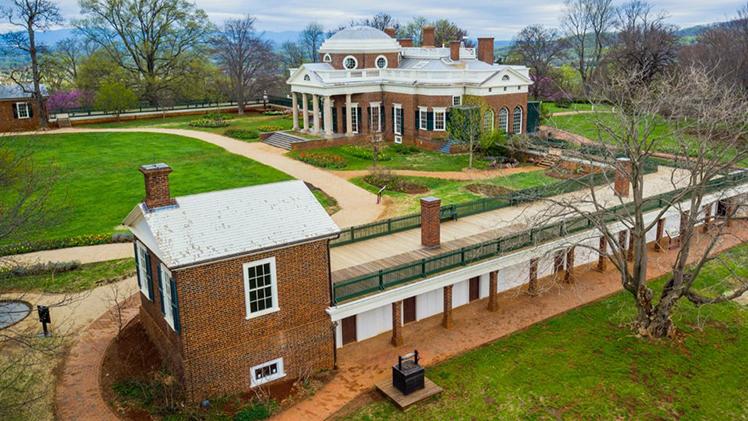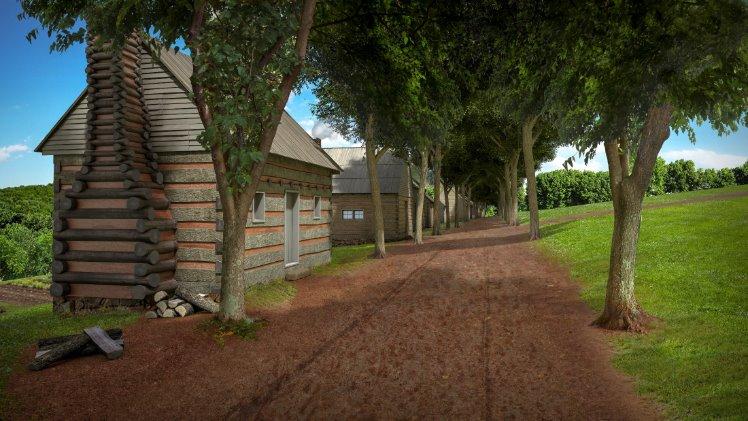A Century of Preservation at Monticello

Monticello is half of the Monticello-UVA World Heritage Site and an internationally acclaimed historic site. Designed by Thomas Jefferson and constructed by free and enslaved craftsmen between 1770 and 1809, Monticello has long been considered an important artifact for creating and recreating our shared national identity. In 1923, the Thomas Jefferson Foundation purchased Monticello as "a monument to the genius and patriotism of Thomas Jefferson, and a constant reminder of the principles inscribed in the Declaration of Independence." Since then, the Main House and surrounding landscapes have undergone several cycles of restoration as successive generations bring new questions that alter the interpretation of its historic fabric.
The process of restoring Monticello to its Jefferson-era appearance started shortly after 1923 and after the Levy family saved Monticello twice during the 19th century. Architectural historians can divide the Foundation's restoration efforts into three different phases. First, under the guidance of Fiske Kimball and Milton Grigg, the work centered on the main house and the ornamental landscapes surrounding the Main House. By the late 20th century, the Foundation turned to the Mountaintop's larger working landscapes, including Mulberry Row. Finally, in the first quarter of the 21st century historians and architects re-evaluated Kimball and Grigg's work while efforts began to restore Mulberry Row's lost buildings. This lecture will explore the long process of painstaking research, restoration, re-evaluation, and re-restoration to reveal a Mountaintop continuously changing and adapting to the needs of an evolving society.
This event will be recorded and made available on the School of Architecture's YouTube Channel.
|
Image

|
Image

|
About the Speaker

Gardiner Hallock is the Thomas Jefferson Foundation's Senior Vice President for Preservation and Operations. Since joining the Foundation in 2011, he has helped preserve its internationally significant historic architecture, collections, and landscapes. Before Monticello, he served as the Restoration Manager at George Washington's Mount Vernon and was the Director of Architectural Research at James Madison's Montpelier. A native of Albemarle County, Virginia, Gardiner has published and lectured on 18th-and early-19th-century architectural and landscape history, as well as conserving and restoring early American architecture.
This lecture is supported by the Kelly-Tukey endowment.
